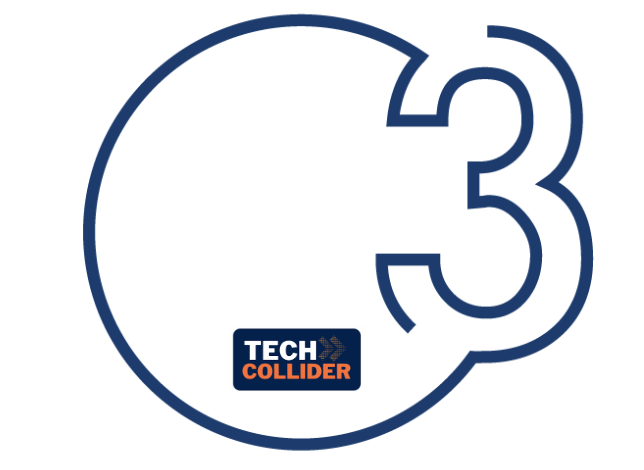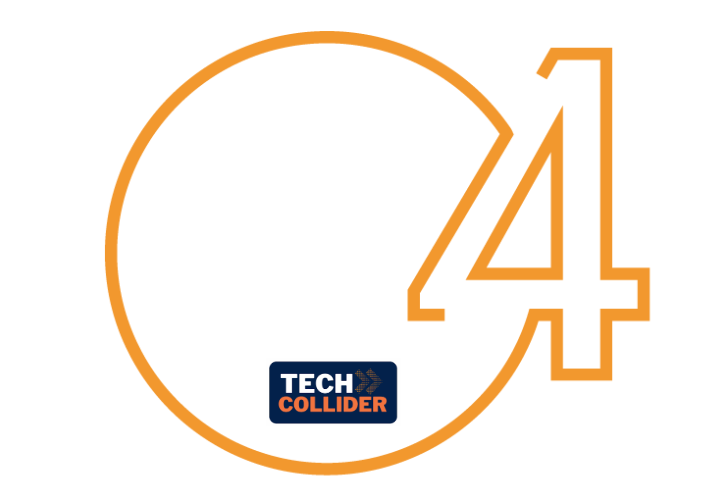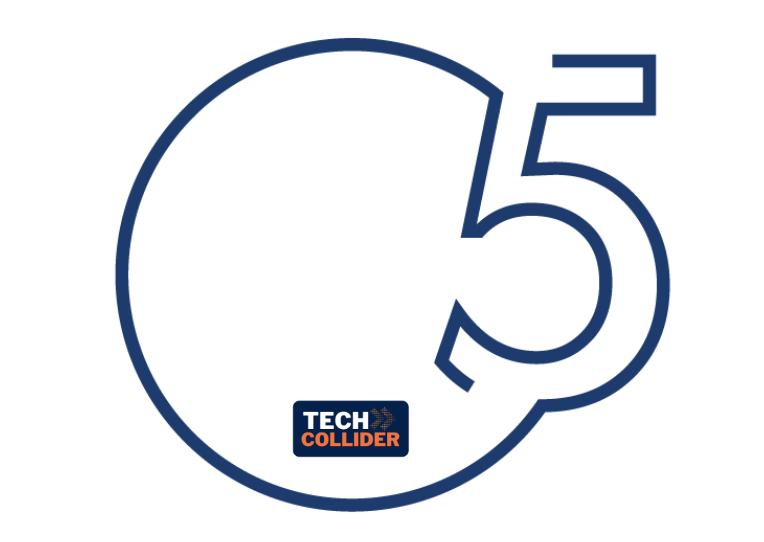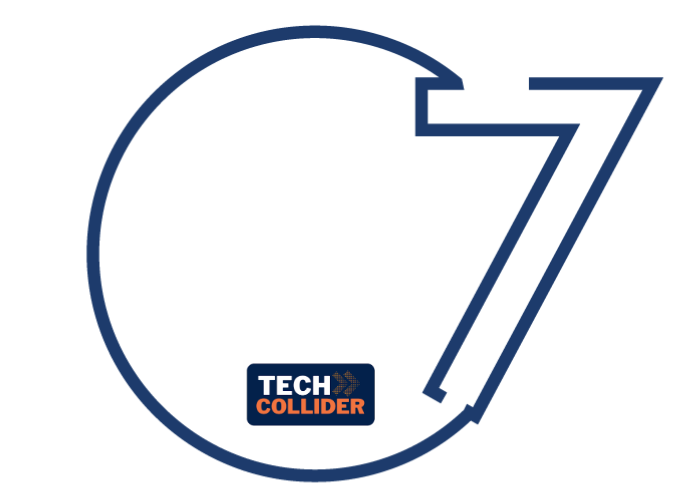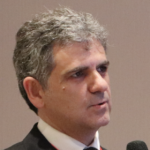Earthquakes release huge amounts of energy that transfer to bridges, buildings and other structures, which respond in an oscillatory and complex way. The first cycles of movement are generally higher and are often amplified by the phenomenon of resonance. In the cyclic response phase, structures can be severely damaged or even collapse due to the inability of the structural system to sustain the transferred energy, which is transformed into excessive levels of irrecoverable strain energy. Therefore, if such structures are resilient enough and capable of dissipating the input energy in an proper way, then they may continue to oscillate until the quietness condition or, if the action lasts for a long time, they achieve the condition of stationary resonance characterized by a periodic balance between the input energy and the dissipated energy. A suitable approach towards the problem of controlling the seismic response requires that the structure is designed to be able to dissipate the input seismic energy. The classic approach is to size the structure in such a way that it can internally dissipate the energy received by transforming only a part of it into kinetic energy. This implies a significant oversizing that is not compatible with the minimum cost criterion and the need of reducing the environmental impact of the building sector. The proposed technology allows to retrofit some types of existing buildings as well as to build new high-performance slender structures.







